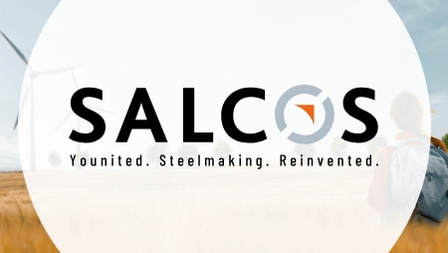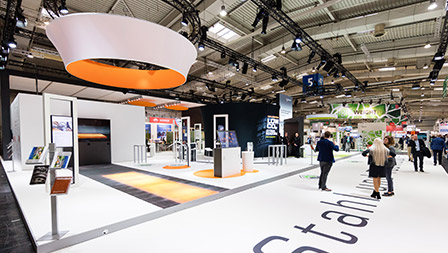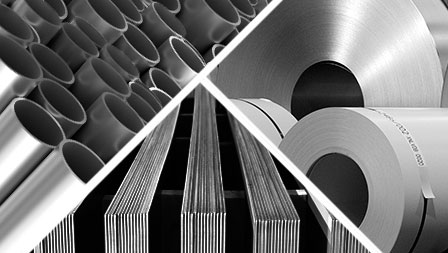Climate Protection at Salzgitter AG
The Salzgitter Group takes responsibility for the challenges posed by climate change. Climate protection is therefore a key element of the “Salzgitter AG 2030” strategy. By 2026, we intend to have laid the foundation with the first step of our SALCOS® program to make it technically feasible to reduce our Scope 1 and Scope 2 CO2e emissions by 30 % compared with 2018. The target is to halve emissions by comparison with 2018 by 2030 as further parts of the program come on stream.
Our Science Based Targets (SBTs) consist of both short-term targets and long-term net zero targets across all three Scopes. Our targets are intended to put us on the required path to meet the 1.5°C target defined in the Paris Climate Agreement. In defining our short-term targets, we opted for the earliest possible year of 2028 in accordance with the SBTi. By then we aim to achieve a 30 % reduction in emissions for our hot-rolled steel products based on the carbon intensity of Scopes 1 and 2. The Group’s Scope 1 and 2 emissions are to be cut by 33.6 % by 2028 relative to the base year chosen of 2021. In the same period, our Scope 3 target provides for a 20 % CO2e reduction for the Group’s main Scope 3 categories including “Purchased goods and services” and “Use phase of sold products”.
SALCOS® - We turn steel green
With SALCOS®, we have joined forces with partners from industry and research to lay the foundations for virtually CO2-free steel production. Central elements of the concept are electricity from renewable sources and its use in the production of hydrogen by means of electrolysis. This green hydrogen will replace the coal we currently use in the conventional blast furnace process. This will be possible with the help of so-called direct reduction plants, in which iron ore is reduced to iron directly in the solid state by hydrogen. This technology emits water vapor instead of CO2.
Our SALCOS® program thus pursues the Carbon Direct Avoidance approach, which stands for avoiding the generation of CO2 in steel production from the outset. Overall, our approach enables us to reduce CO2 emissions in steel production by over 95 %.














